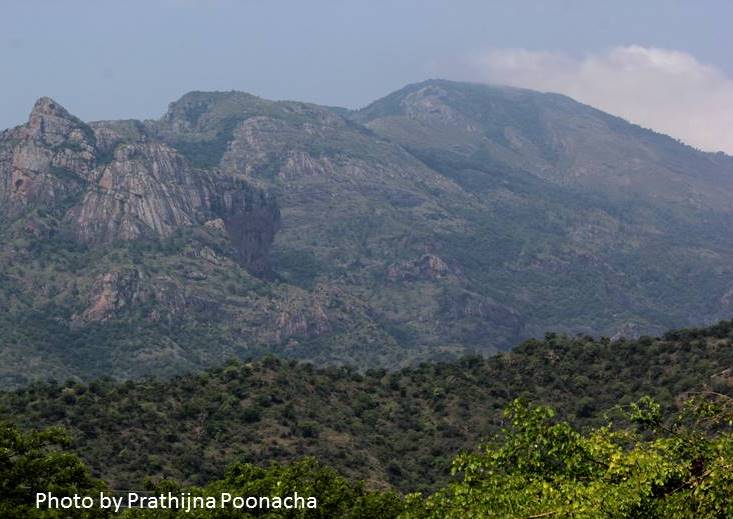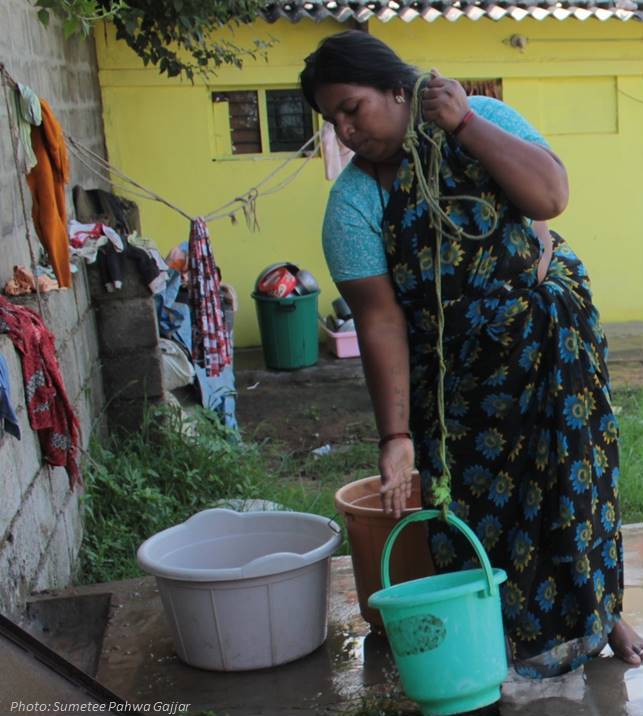How climate change is affecting people’s wellbeing in India

By Andaleeb Rahman, South Asia Researcher - Indian Institute for Human Settlements

Rural areas
Rural India is reeling under acute distress owing to droughts1. These resource-poor and mostly rain-fed regions of the country also have high levels of poverty, small farm sizes and low agricultural productivity. As higher temperatures and rates of evapo-transpiration threaten to lower agricultural productivity even further, so food insecurity becomes an ever-possible reality. Already rises in the prices of staple food items have become a common feature in the news2.
With agriculture no longer remunerative, farming households are diversifying into non-farm labour and distress migration. Census figures show a significant drop in the number of cultivators between 2001 and 2011, while the number of agricultural labourers has increased. It remains to be seen whether these occupational transitions are purely coping mechanisms or whether they can be considered as adaptation measures that lead to improved wellbeing.

We heard some of these issues first-hand during a scoping visit to a village in the water-scarce district of Kolar, Karnataka – an area marred by erratic rainfall patterns. People in this village talked of diminishing water levels, drying bore wells, lower soil fertility, and fluctuating market prices3. More and more village youths are choosing non-agricultural occupations, and commuting to urban areas (in this case Bangalore which is an hour’s train ride away) for work – a pattern mirrored in most rural areas of semi-arid India.
Urban areas
Impacts of climate change on the urban areas of India are magnified through unplanned urbanisation, infrastructural bottlenecks and poverty. In the last few years frequent incidences of extreme rainfall events in Chennai, Srinagar, Guwahati and Haridwar have exposed the vulnerability of cities to climate extremes, and demonstrated how different groups of people within cities are impacted by these hazards in different ways. For example, flooding associated with heavy rainfall leads to greater incidences of vector-borne and water-borne diseases. These diseases disproportionately affect the urban poor who have limited access to quality health infrastructure and limited means to pay for medical treatment.
In all areas of India, climate change impacts are further complicated by existing class, caste and gender tensions. Research has shown that droughts lead to higher rates of domestic violence, greater dowry related deaths and atrocities against the marginalised castes4.
Our focus
Through intensive field work in both rural and urban areas, ASSAR India plans to build the understanding of how to improve people’s wellbeing in the face of climate change. In our rural study sites we focus on the ways that climate change impacts on agricultural production, livelihood opportunities and the decision to migrate to urban areas. In our urban study site we focus on the wellbeing and vulnerability of the people living in informal settlements who are more prone to both climatic and non-climatic shocks.
1 http://www.hindustantimes.com/analysis/as-bharat-succumbs-to-drought-the-centre-seems-otherwise-engaged/story-Mm6HZcSudV9sILNqo1771K.html
2 http://in.reuters.com/article/india-rural-inflation-idINKCN0SZ0FZ20151110
3 http://www.huffingtonpost.in/chandni-singh-/what-farmers-really-need-_1_b_8299824.html?utm_hp_ref=india.
4 http://www.sciencedirect.com/science/article/pii/S030438781400100X